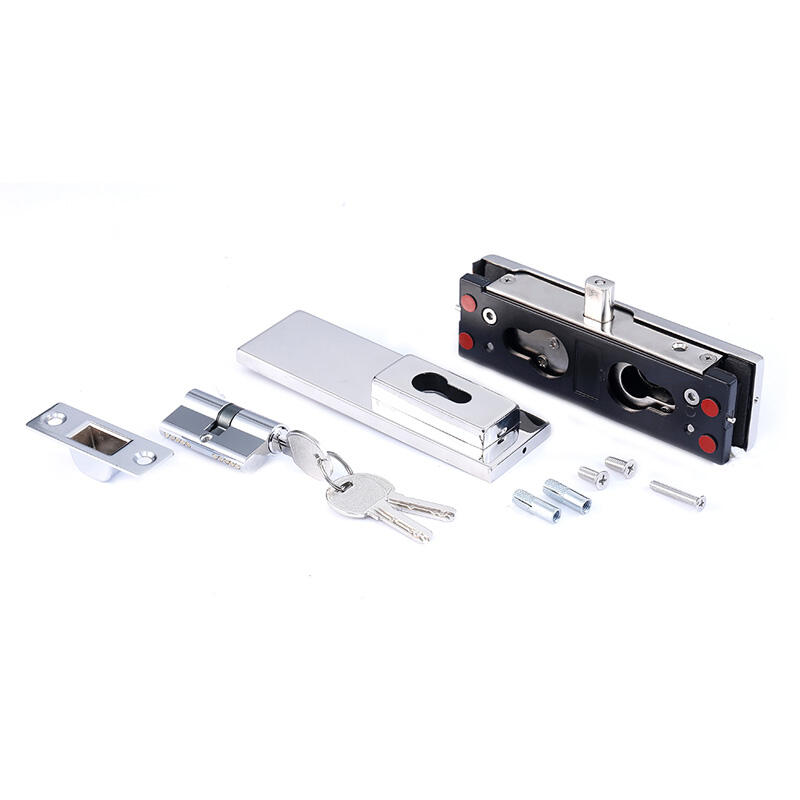Glass patch fittings are integral components in modern architectural designs, providing secure connections for glass panels while enhancing aesthetic appeal. However, with numerous types available, selecting the most suitable one can be challenging. This article will compare different types of glass patch fittings, outlining their pros and cons to aid in making an informed decision.
Stainless Steel Glass Patch Fittings
Pros: Stainless steel fittings are renowned for their durability and resistance to corrosion, making them ideal for both indoor and outdoor applications. They offer a sleek, modern look that complements a variety of architectural styles. Their maintenance is relatively straightforward, requiring only occasional cleaning to maintain their shine.
Cons: Despite their many benefits, stainless steel fittings can be more expensive than other options. Additionally, they may not be as visually appealing when used in traditional or rustic architectural styles.
Brass Glass Patch Fittings
Pros: Brass fittings provide a classic, timeless appeal, making them a popular choice for traditional architectural styles. They are highly durable and resistant to corrosion. Brass also offers flexibility in finishes, from polished to antique, to match various design aesthetics.
Cons: Brass fittings require regular polishing to prevent tarnishing. They may not blend well with modern, minimalist designs and can be more costly than some other alternatives.
Aluminum Glass Patch Fittings
Pros: Aluminum fittings are lightweight yet sturdy, making them easy to install and handle. They are resistant to corrosion and can be finished in a variety of colors, allowing for considerable customization to fit different architectural styles.
Cons: While durable, aluminum is not as strong as stainless steel or brass, which might limit its use in heavy-duty applications. Over time, exposure to elements may lead to discoloration if not properly maintained.
Plastic Glass Patch Fittings
Pros: Plastic fittings are cost-effective and lightweight, making them easy to install. They come in a wide range of colors and designs, offering significant customization possibilities.
Cons: Plastic fittings are less durable than their metal counterparts and may not be suitable for heavy-duty or outdoor applications due to their susceptibility to weathering and UV degradation.
Zinc Alloy Glass Patch Fittings
Pros: Zinc alloy fittings offer a balance between cost and durability. They are corrosion-resistant and can be finished in various ways to mimic the appearance of more expensive materials, such as stainless steel or brass.
Cons: Zinc alloy fittings are not as strong as stainless steel or brass, potentially limiting their use in high-stress applications. They may also require regular maintenance to keep up their appearance.
Conclusion
The choice of glass patch fittings depends on several factors, including the architectural style, application, budget, and maintenance considerations. While stainless steel and brass fittings offer superior strength and durability, aluminum, plastic, and zinc alloy fittings provide cost-effective alternatives with considerable customization options. Understanding the pros and cons of each type can help architects and designers make informed decisions, ensuring a harmonious blend of functionality and aesthetic appeal in their projects.






